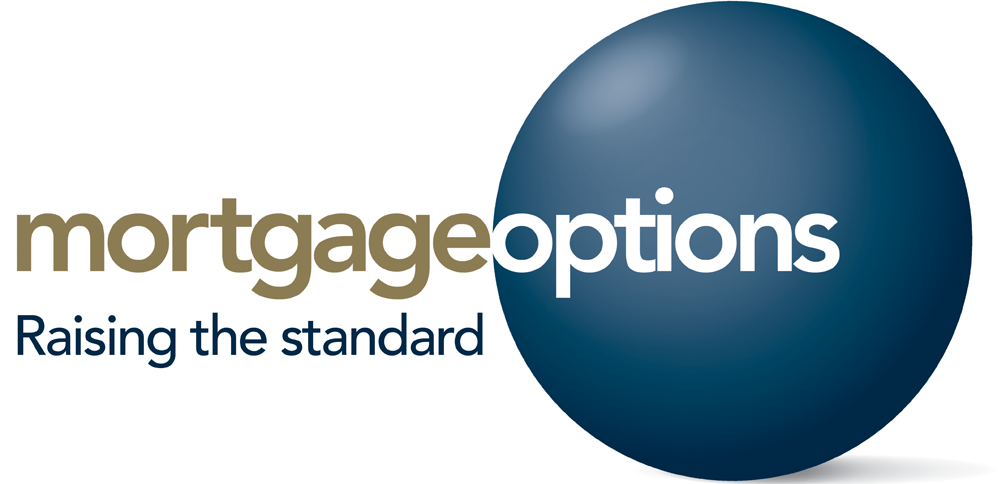Think carefully before securing other debts against your home. Your home may be repossessed if you do not keep up repayments on your mortgage.
Some buy to let mortgages are not regulated by the Financial Conduct Authority.
Buy-to-let (BTL) mortgages are for landlords who buy property specifically to rent out and are only suitable for people who want to invest in houses and flats.
Who can get a buy-to-let mortgage?
Lending criteria for BTL mortgages are different to home buyer’s mortgage. It can be hard to get a buy-to-let mortgage if you don’t already own your own home (outright or with a mortgage). You must have a good credit record and any other borrowing such as your existing mortgage and credit cards will be taken into account. As a general rule, you are likely to find it harder to get a buy-to-let mortgage unless you earn at least £20,000 a year.
Essentially a lender will need to make sure that you can afford to pay the BTL mortgage should the property be empty or between tenancies. This can vary depending on your own personal situation and our specialist advisors can source the most suitable product for your own circumstances.
How do buy-to-let mortgages work?
Buy-to-let mortgages work in a similar way to ordinary mortgages, but the minimum deposit for a buy-to-let mortgage is usually 25% of the property’s value (we can sometimes source deals with a 20% deposit)
Most BTL mortgages are interest-only, which means you don’t pay anything off the lump sum borrowed each month but, of course, at the end of the mortgage term you need to repay the capital in full.
Unlike a mortgage on your own home (i.e. the one you live in), BTL mortgage lending is not regulated by the Financial Conduct Authority unless your tenant will be a close family member. This means that most BTL mortgages are unregulated. Here at Mortgage Options we are FCA registered and will always give you the most suitable advice and recommend the most suitable products for your situation.
How much you can you borrow for buy-to-let mortgages
The maximum you can borrow is linked to the amount of rental income you expect to receive. Lenders typically need the rental income to be a quarter to a third higher than your mortgage payment.
Plan for times when there’s no rent coming in
It is important to have a plan for times when you may not have a tenant or when the rent isn’t paid on time. You will need a way of meeting your BTL mortgage payments whether this can be done through your regular income or from savings.
Don’t rely on selling the property to repay the mortgage
Don’t fall into the trap of assuming you’ll be able to sell the property to repay the mortgage – if house prices fall, you might not be able to sell for as much as you had hoped. If this happens, you’ll be left to make up the difference on the mortgage.
Buy-to-let and tax
If you sell your buy-to-let property for profit, you will pay Capital Gains Tax if your gain exceeds the annual Capital Gains Tax threshold. Also, rental income that exceeds your mortgage interest payments and certain allowable expenses are liable to Income Tax.
Our brokers can advise you on the tax implications of buy-to-let in Buy-to-let property investments so this doesn’t have to be complicated.


